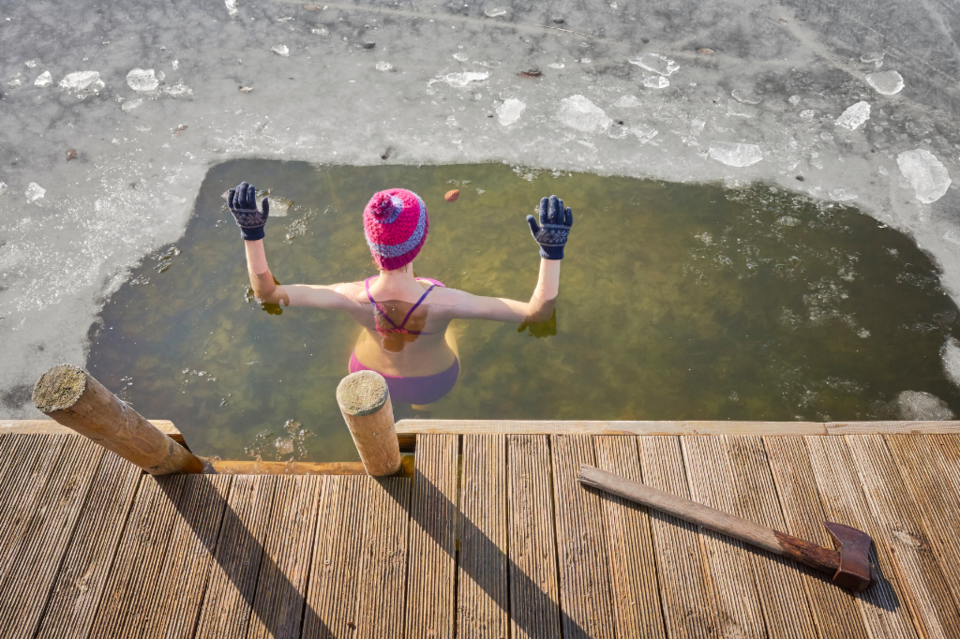Cold plunging has surged in popularity, with everyone from elite athletes to wellness enthusiasts embracing the icy practice. But beyond the hype, what does science say about immersing yourself in ultra cold water?
Let’s explore the benefits, address common concerns, and guide you on how to incorporate cold plunging into your routine.
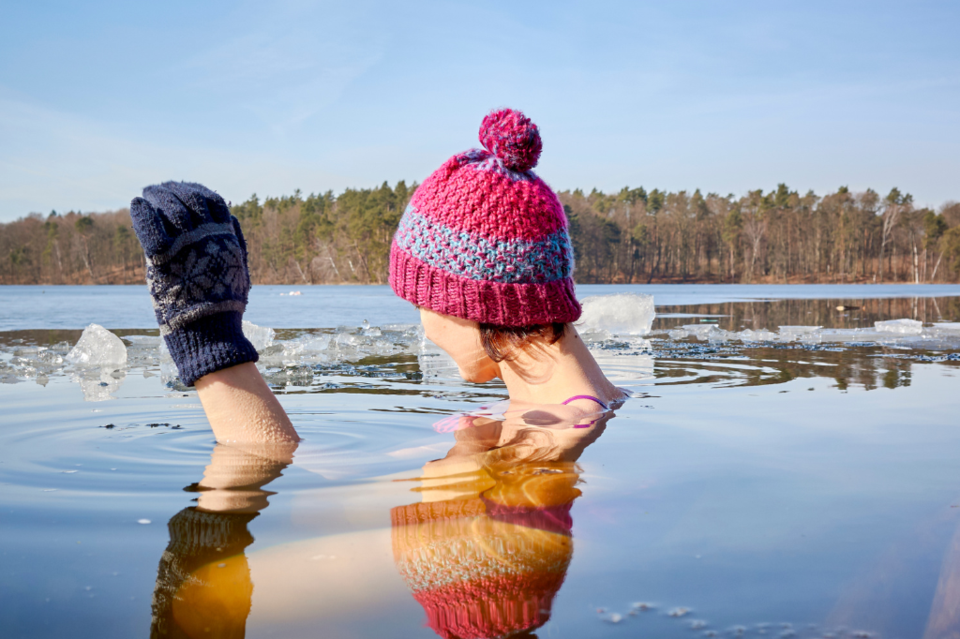
The science-backed benefits of cold plunging
1. Reduced inflammation and muscle soreness: Cold water immersion can help decrease inflammation and alleviate muscle soreness after intense workouts. The cold constricts blood vessels, reducing swelling and tissue breakdown.
2. Enhanced recovery: Athletes often use cold plunges to speed up recovery times. By reducing muscle damage and fatigue, cold immersion can help you bounce back faster between training sessions.
3. Improved mental health: Regular cold exposure has been linked to mood enhancement. The shock of cold water can trigger the release of endorphins and norepinephrine, chemicals that boost mood and alertness.
4. Increased circulation: Alternating between cold and warm temperatures, known as contrast therapy, can stimulate blood flow, improving circulation and aiding in the removal of metabolic waste.
5. Boosted immune function: Some studies suggest that cold water immersion may enhance the immune system by increasing white blood cell count and antioxidant levels.
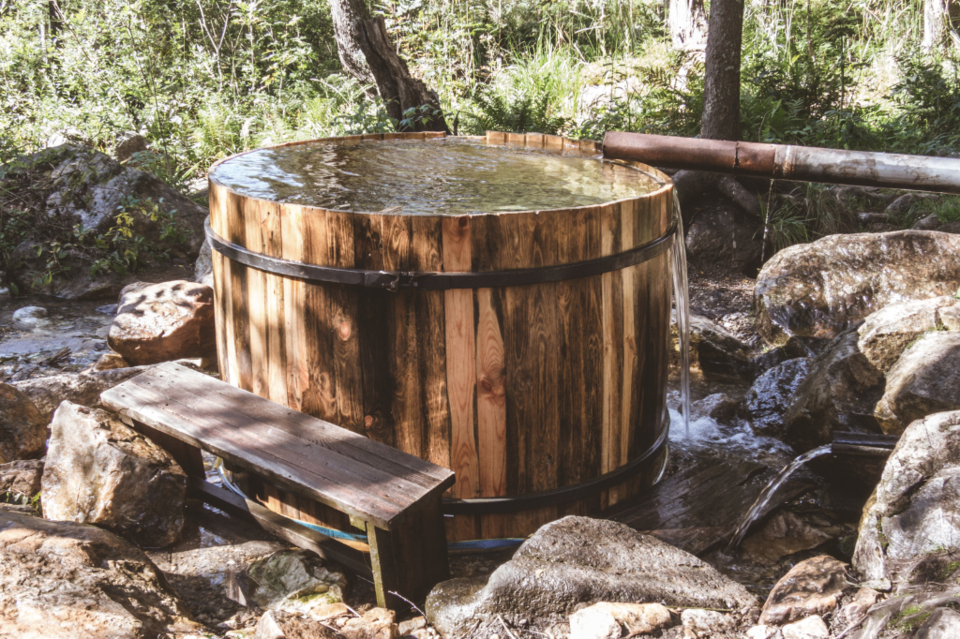
Debunking the muscle growth myth
A common concern is that cold plunging might hinder muscle growth. Research indicates that immediate cold water immersion post-resistance training can blunt muscle protein synthesis, potentially affecting hypertrophy. However, like most things in life, it’s all about timing.
Waiting a few hours after strength training before cold plunging may mitigate this effect, allowing you to enjoy all the wonderful recovery benefits without compromising those hard-earned gains.
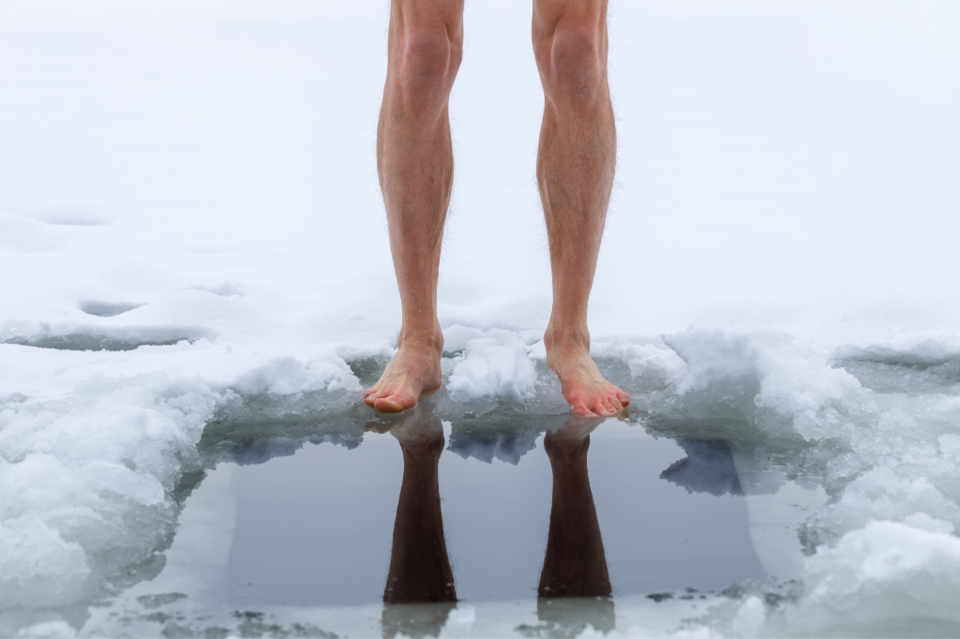
How to start cold plunging
At home: You don’t need a fancy setup. A bathtub filled with cold water and ice can suffice. Aim for water temperatures between 10°C to 15°C (50°F to 59°F) and start with short durations, gradually increasing as you acclimate. The drawback here is the prep of buying large quantities of ice and perhaps the depth of your bathtub.
Local facilities: Many gyms, spas, and wellness centres offer cold plunge pools or contrast therapy services. A quick online search for places that offer infrared sauna and cold plunge experiences near you will do the trick.
Natural bodies of water: For the adventurous, Canada’s lakes and rivers offer natural cold plunging opportunities during cooler seasons. But be sure to always ensure safety by checking the water conditions of that particular lake or body of water and never plunge alone in case your body has an adverse reaction to the cold and you need assistance.
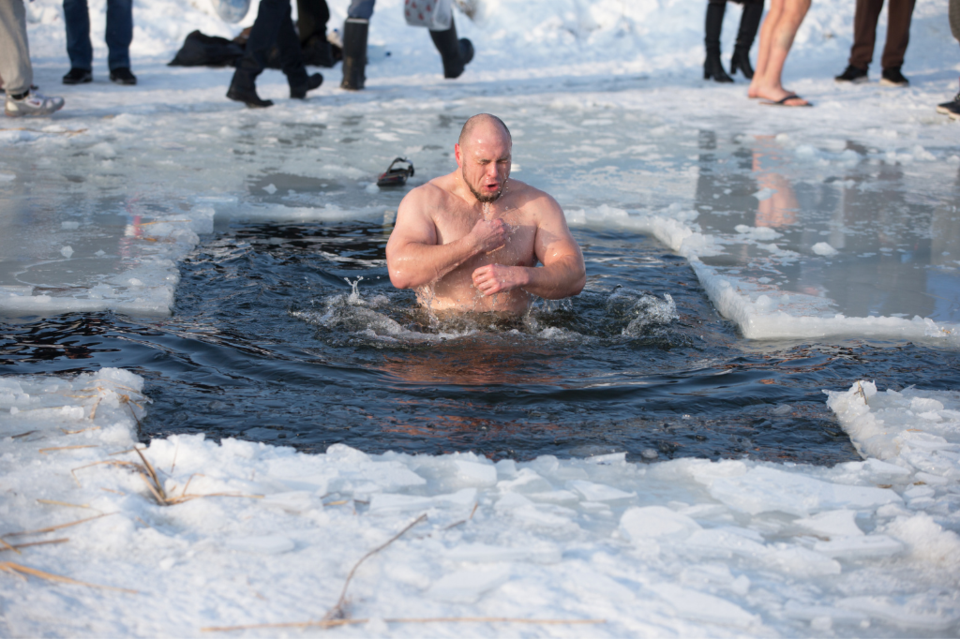
4 tips for a safe cold plunge
- Consult a healthcare provider: Especially if you have cardiovascular conditions or other health concerns.
- Start slow: Begin with shorter durations and gradually increase exposure time.
- Warm up afterwards: Use warm clothing or a sauna to restore body temperature post-plunge.
- Stay hydrated: Cold exposure can be dehydrating; ensure you drink water before and after.
Combining cold plunges with heat exposure, like saunas, can amplify benefits. This practice, known as contrast therapy, involves alternating between hot and cold environments, promoting circulation and recovery.
About the Author

Alicia is a journalist and editor in digital and print media specializing in health, nutrition, fitness, and wellness. She was previously the Editorial Director of Clean Eating and Vegetarian Times. Her work has also appeared in Hone Health The Edge, Yoga Journal, Women’s Running, and Oxygen, among others. In addition to being a content creator, she's an ISSA-certified nutritionist, certified personal trainer, and fitness studio owner in Toronto. Alicia loves spreading the word about helpful, science-backed health information, and she can be contacted via her website at aliciamtyler.com.

